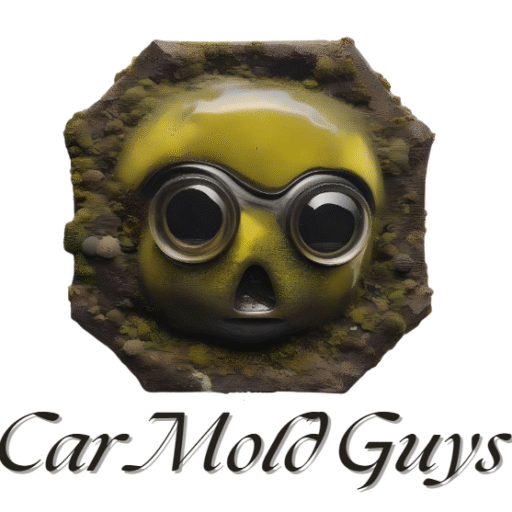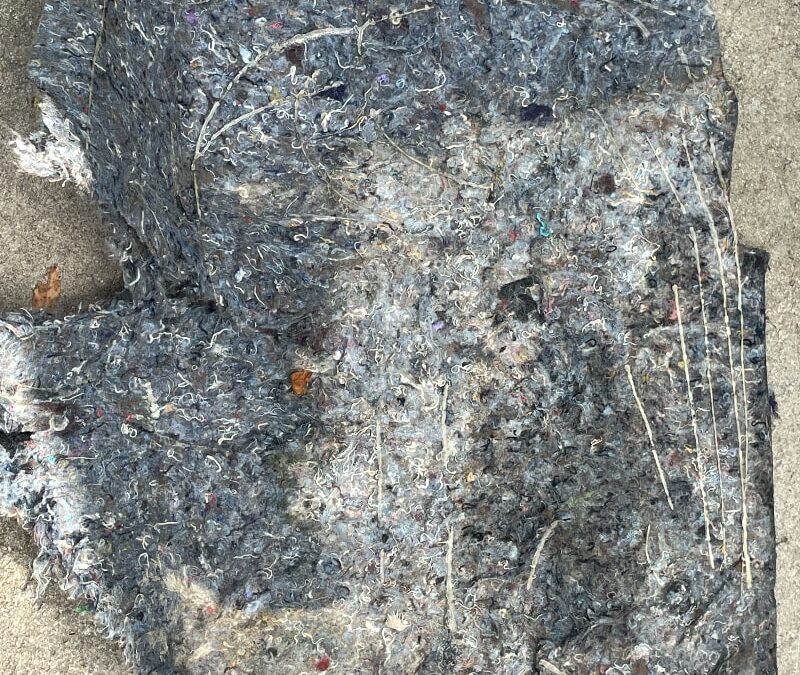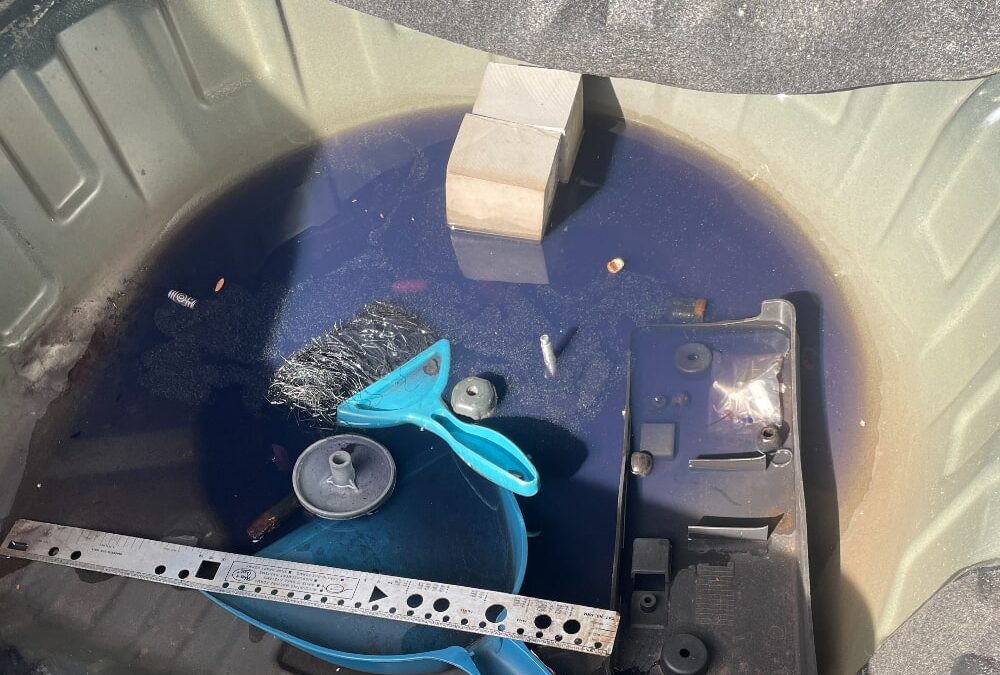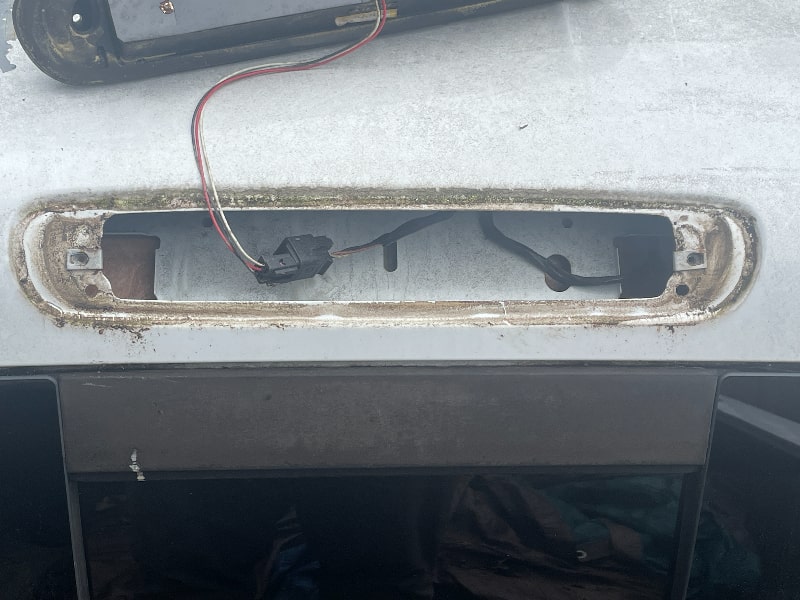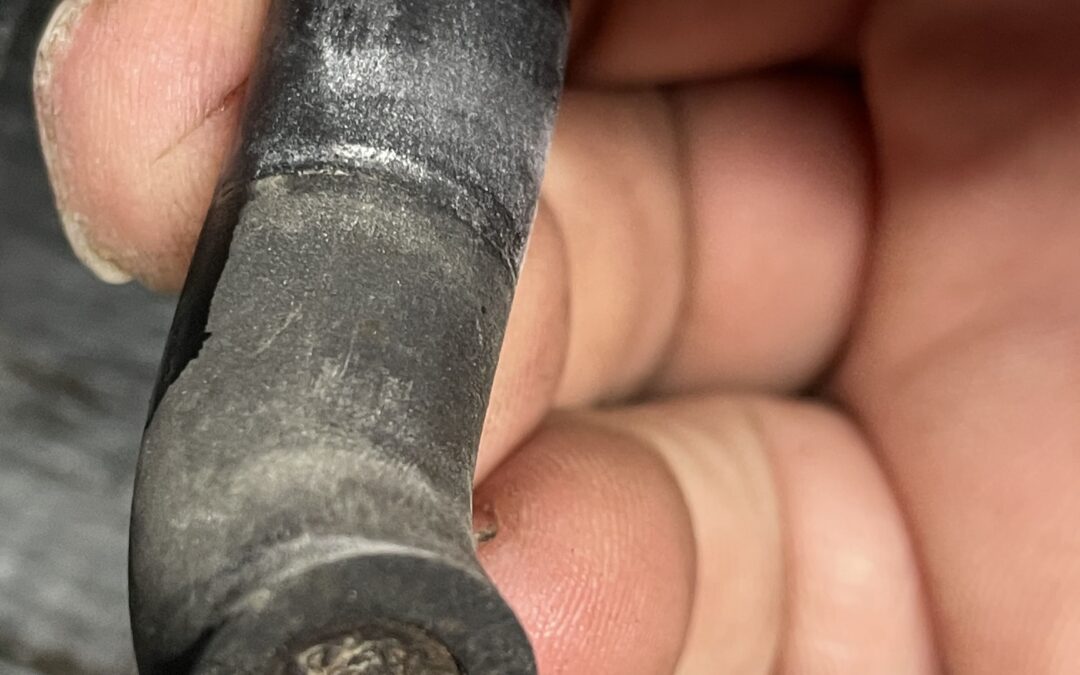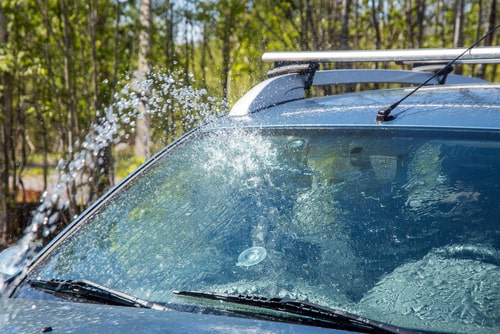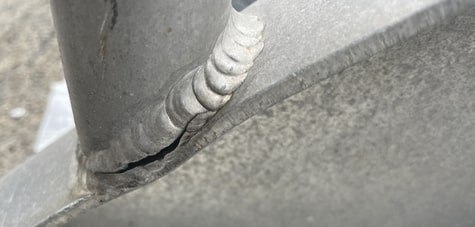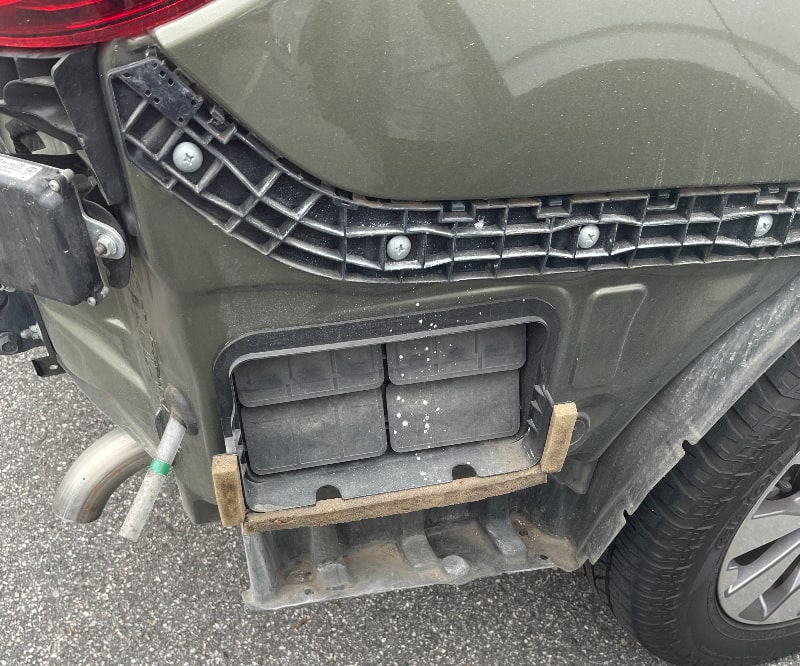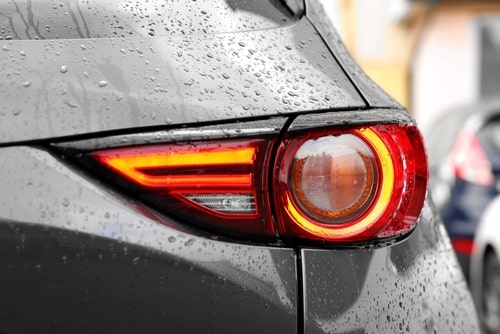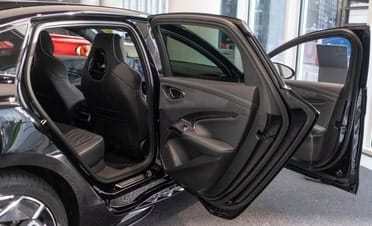Interactive Sunroof Water Leak Guide
Expert Diagnosis for Sunroof Water Leaks
Protect your vehicle from water stains, electrical damage, and hazardous mold growth with our professional leak detection services. We’ve expertly repaired over 2,000 vehicle water leaks. Let’s diagnose yours.
Interactive Symptom Checker
This first step helps you diagnose the problem. Click on any signs you’ve noticed in your vehicle. Recognizing the symptoms is key to preventing long-term damage.
Musty Odor
A persistent damp smell indicates water is trapped and fostering a perfect environment for mold.
Visible Water Stains
Check the headliner for discoloration, especially around the sunroof and down the support pillars.
Wet Headliner or Mats
After rain, feel the headliner, seats, and carpets for any unexplained dampness. This is a major red flag.
Visible Dripping
The most obvious sign is water actively dripping from the sunroof area or interior lights during or after rain.
Electrical Malfunctions
Water intrusion can wreak havoc on electronics. Faulty lights or controls could be caused by a leak.
Common Causes & Solutions
Now that you’ve identified the symptoms, let’s explore the common culprits. Click each card to learn about the problem and its typical solution.
Clogged Drain Tubes
Debris blocks the tubes, causing the water tray to overflow into your car.
Damaged Seals
Worn-out rubber seals crack and shrink, letting water seep past the glass.
Misalignment
A poorly aligned sunroof doesn’t close flush, leaving gaps for rain to enter.
Click a cause above to see the details.
Your Repair Options
While clearing a simple clog might seem easy, sunroof leaks can be deceptive. Here’s a look at your options to help you decide on the best course of action for a lasting fix.
DIY Fixes
- Clearing Drains: Can be attempted with compressed air or flexible wire.
- Seal Conditioning: Applying rubber conditioner may offer temporary help for dry seals.
- Risks: You might push a clog deeper, damage the drain tube, or misdiagnose the actual problem, leading to continued leaks and mold growth.
Professional Repair
- Expert Diagnosis: We use hydro testing to systematically find the exact source of every leak, even multiple ones.
- Complete Drying: Professional moisture meters find all hidden damp spots under carpets and trim, which we then completely dry to prevent mold.
- Guaranteed Fix: We repair the root cause, whether it’s a clog, bad seal, or complex mechanical failure, ensuring a long-term solution.
Don’t Let a Drip Turn into a Disaster.
Facing a stubborn water leak? Protect your vehicle’s value and your health. Contact the experts at Car Mold Guys today and keep your car dry, clean, and mold-free!
